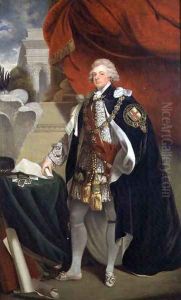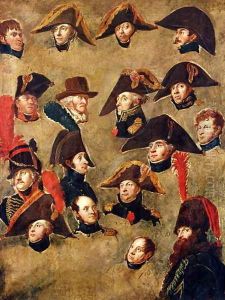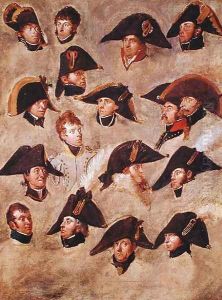Gerard van der Puyl Paintings
Gerard van der Puyl (also spelled Puyll or Puijl) was a Dutch Golden Age painter, born in the year 1600. Not much is known about his early life or training, which is the case with many artists of the period whose lives were not well-documented unless they were particularly famous or influential.
Van der Puyl was primarily active in the city of Rotterdam, Netherlands, where he was admitted as a member of the Saint Luke's Guild, the local painters' guild, in 1627. This fact allows historians to place him within the broader context of Dutch art during a period of great cultural and economic prosperity known as the Dutch Golden Age. During this time, art was flourishing, and a middle-class clientele provided a robust market for paintings.
Gerard van der Puyl specialized in genre scenes, portraits, and historical paintings. His style was influenced by the dramatic chiaroscuro and realistic detail characteristic of the period. However, van der Puyl did not achieve the same level of fame as some of his contemporaries, such as Rembrandt or Vermeer, and as a result, his works are not as well-known or as frequently studied.
He is believed to have died in 1658 in Rotterdam. Due to the scarcity of surviving records about his life and work, van der Puyl's paintings are not as easily identifiable as those of other artists from the same era, and his overall contribution to the Dutch Golden Age of painting is considered to be modest. Today, any extant works by van der Puyl would likely be of interest to art historians specializing in the period, and they would be valuable for providing a more comprehensive understanding of the range of artists and styles that existed during this rich period in art history.


